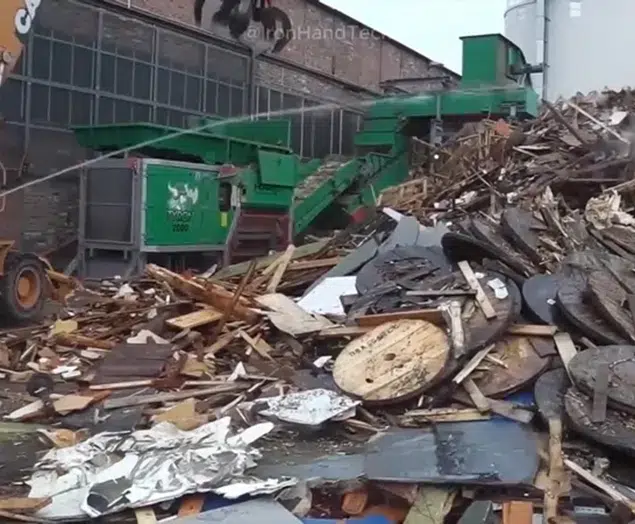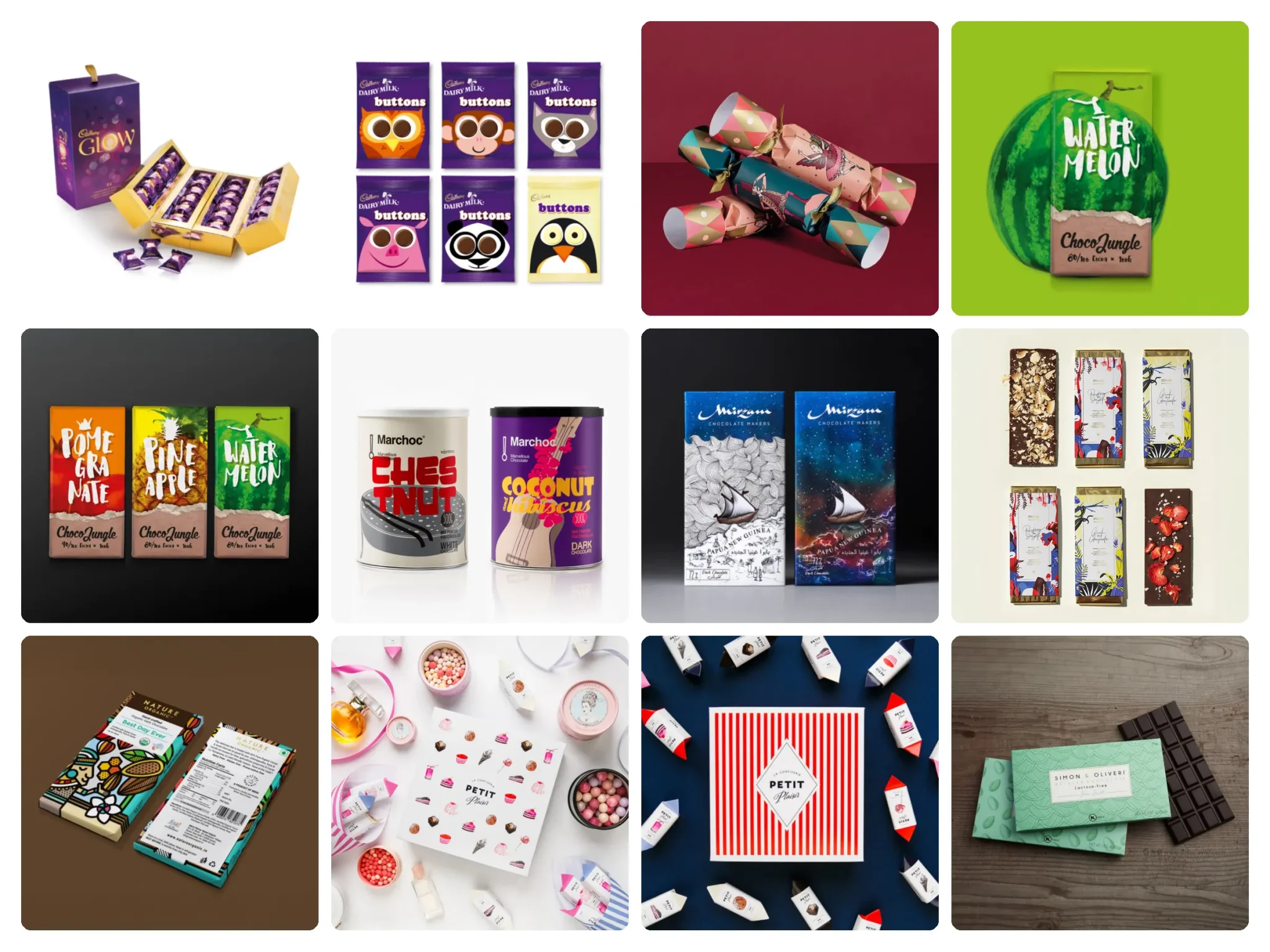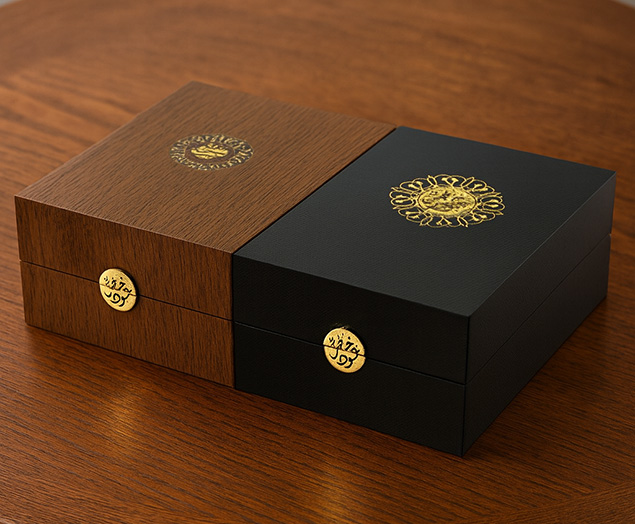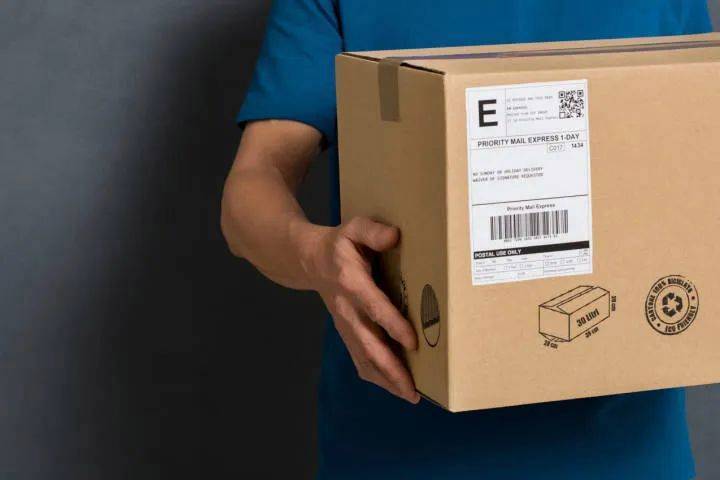Eco Packaging: A Sustainable Solution for the Future of Packaging
Packaging is an essential component of modern commerce, but it also has significant environmental impacts. From the extraction of raw materials to the disposal of waste, packaging has a substantial carbon footprint. However, there is a growing awareness of the need for eco-friendly packaging solutions that reduce waste, conserve resources, and minimize harm to the environment. In this article, we will talk about the art and science of eco packaging, from its historical roots to its modern-day applications and trends.
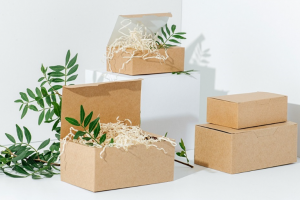
The Environmental Impact of Packaging
Packaging has a significant impact on the environment, from the depletion of natural resources to the pollution of air, water, and soil. Here are some key statistics that illustrate the scope of the problem:
Over 300 million tons of plastic are produced every year, and only 9% of it is recycled.
In the United States alone, over 50 billion water bottles are consumed each year, and only 23% of them are recycled.
Each year, over 100 billion single-use coffee cups are thrown away globally, and less than 1% of them are recycled.
The carbon footprint of packaging accounts for 5-10% of the total greenhouse gas emissions of the food industry.
The History of Eco Packaging
The concept of eco-friendly packaging is not new. In fact, traditional packaging materials such as bamboo, leaves, and clay were biodegradable and sustainable. However, the rise of mass production and the globalized economy led to the proliferation of non-biodegradable packaging materials such as plastic, aluminum, and Styrofoam. The modern eco packaging movement began in the 1960s with the emergence of environmentalism and the first Earth Day. Since then, various eco-friendly packaging solutions have been developed, such as:
Biodegradable plastics: These plastics break down into natural substances such as water and carbon dioxide within a specified time frame.
Compostable materials: These materials can be decomposed into organic matter and nutrients under specific conditions, such as heat and moisture.
Recyclable materials: These materials can be processed into new products through recycling facilities, such as aluminum, glass, and some plastics.
Part III: The Benefits of Eco Packaging
Eco packaging offers several benefits, both for the environment and for businesses. Here are some of the key advantages of eco packaging:
- Reduced waste: Eco packaging can reduce the amount of waste that ends up in landfills, oceans, and other natural habitats. Biodegradable and compostable materials can break down naturally, reducing the burden on the environment.
- Conservation of resources: Eco packaging can reduce the use of non-renewable resources, such as fossil fuels and minerals. Recyclable materials can be processed into new products, reducing the need for virgin materials.
- Consumer appeal: Eco packaging can appeal to consumers who are increasingly concerned about the environment and the social responsibility of businesses. Eco packaging can enhance a brand’s image and reputation.
- Cost savings: Eco packaging can save businesses money in the long run, by reducing waste disposal costs, conserving resources, and appealing to environmentally conscious consumers.
The Challenges of Eco Packaging
While eco packaging offers many benefits, it also presents several challenges that need to be addressed. Here are some of the key challenges of eco packaging:
Cost: Eco-friendly packaging materials can be more expensive than traditional materials, which can be a barrier for some businesses.
Availability: Eco-friendly packaging materials may not be as widely available or accessible as traditional materials, which can make it difficult for businesses to switch to eco packaging.
Functionality: Eco-friendly packaging materials may not have the same level of functionality, durability, or compatibility as traditional materials, which can affect
The Future of Eco Packaging
The future of eco packaging is promising, as businesses and consumers become more aware of the need for sustainable solutions. Here are some of the trends and innovations that are shaping the future of eco packaging:
Biodegradable and compostable plastics: Innovations in biodegradable and compostable plastics are making them more durable, versatile, and cost-effective. These materials offer a sustainable alternative to traditional plastics, without sacrificing performance or functionality.
Plant-based materials: Plant-based materials such as bamboo, hemp, and sugarcane are becoming more popular as eco-friendly packaging solutions. These materials are renewable, biodegradable, and often have a lower carbon footprint than traditional materials.
Circular economy: The circular economy model aims to eliminate waste and maximize the value of resources by designing products and packaging that can be reused, repaired, or recycled. This approach prioritizes the use of renewable resources and reduces the dependence on non-renewable resources.
Digitalization: Digital solutions such as smart packaging and QR codes can enhance the consumer experience while reducing waste. Smart packaging can provide real-time information about the product’s freshness, safety, and sustainability, while QR codes can provide access to product information and recycling instructions.
Conclusion
With the rise of eco packaging, it is clear that businesses and consumers alike are making a conscious effort to reduce the impact of packaging on the environment. It is important to note, however, that eco packaging is just one part of a larger movement towards sustainability. While eco packaging can reduce waste and conserve resources, it is still important to address other environmental issues such as carbon emissions, water conservation, and biodiversity.
Businesses can take a holistic approach to sustainability by considering the entire lifecycle of their products, from sourcing raw materials to end-of-life disposal. This includes reducing the carbon footprint of production, designing products for durability and repairability, and implementing closed-loop recycling systems.
Consumers also have a role to play in the sustainability movement. By making conscious purchasing decisions and properly disposing of products and packaging, consumers can help reduce waste and conserve resources. Consumers can also advocate for sustainable practices and policies by supporting businesses and organizations that prioritize sustainability.
In conclusion, eco packaging is a promising solution for reducing the environmental impact of packaging, but it is not a silver bullet. To truly achieve sustainability, we must take a comprehensive approach that addresses all aspects of production, consumption, and disposal. By working together, businesses and consumers can create a more sustainable future for generations to come.
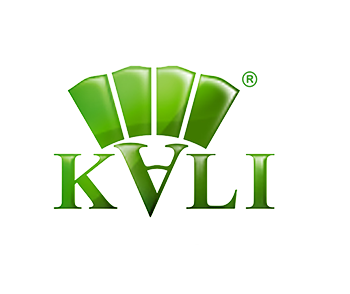

Top 10 Creative Cosmetic Packaging Design Ideas & illustrations 2023 | Luxury-Paper-Box.Com
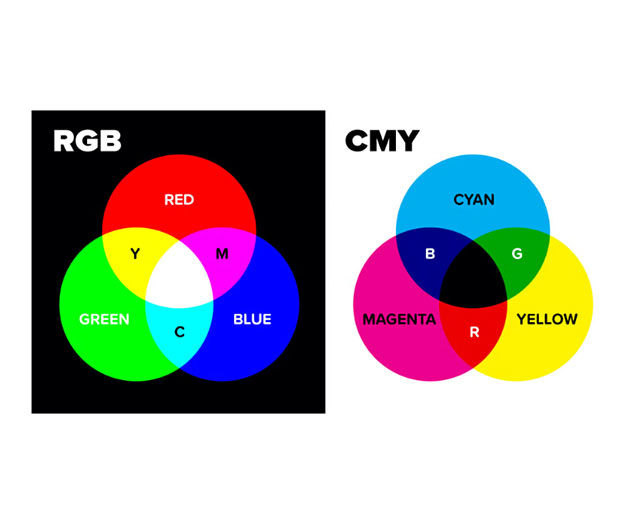
What Is the Difference Between RGB and CMYK








